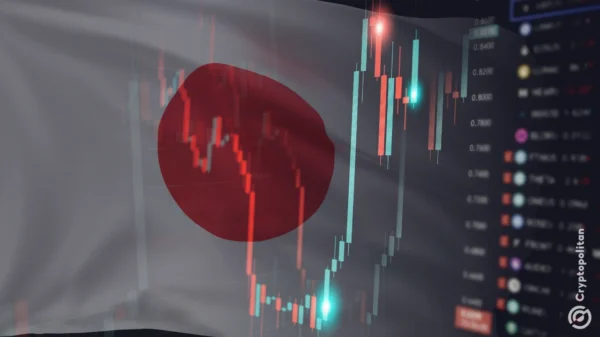The recent downturn in Bitcoin has been closely tied to liquidity issues within the United States and profit-taking activities from long-term holders. According to analysis from CryptoQuant, there has been a notable increase in selling pressure, particularly from US investors who are reacting to concerns regarding the economic landscape.
The analysis references findings from XWIN Research Japan, indicating that aggressive selling is predominantly occurring during US trading hours. The Coinbase Premium Index has also been deeply negative, reflecting that Bitcoin is trading at a discount in the domestic market. This scenario has contributed to a significant amount of profit-taking among long-term holders, who are exiting positions across various age groups of their holdings.
Compounding the situation is a prolonged 43-day shutdown that has effectively drained liquidity from the financial system, resulting in heightened volatility. The ongoing sell-side pressure exerted by long-term holders has led to an imbalance in supply, with insufficient new demand to stabilize prices.
Recent fears surrounding the US economy have further exacerbated the sell-offs in Bitcoin, causing it to mirror declines observed in broader risk markets as investors reevaluate liquidity conditions. As a result, the price of Bitcoin fell to $94,560 this past Friday morning, marking its lowest level since early May.






































































